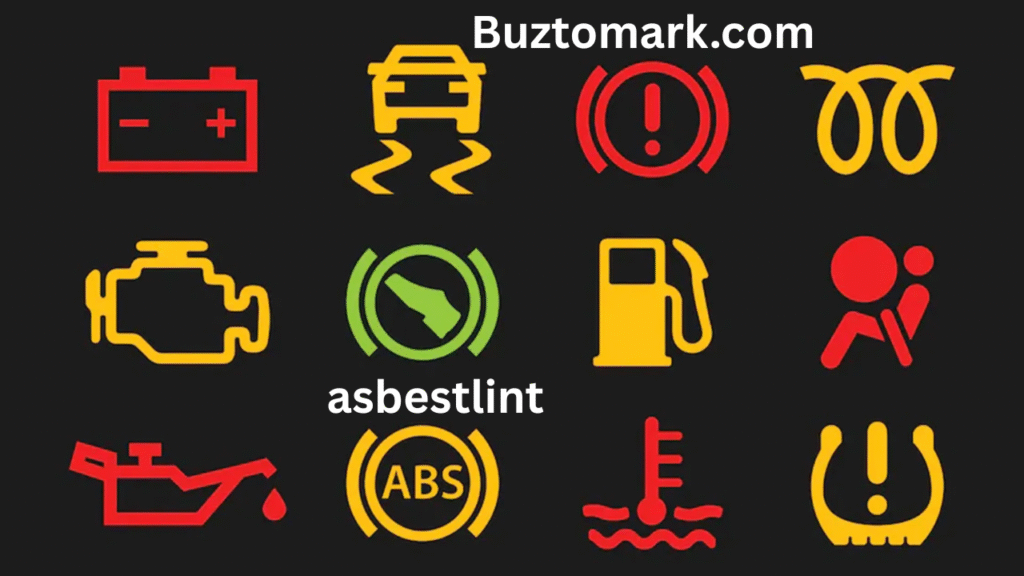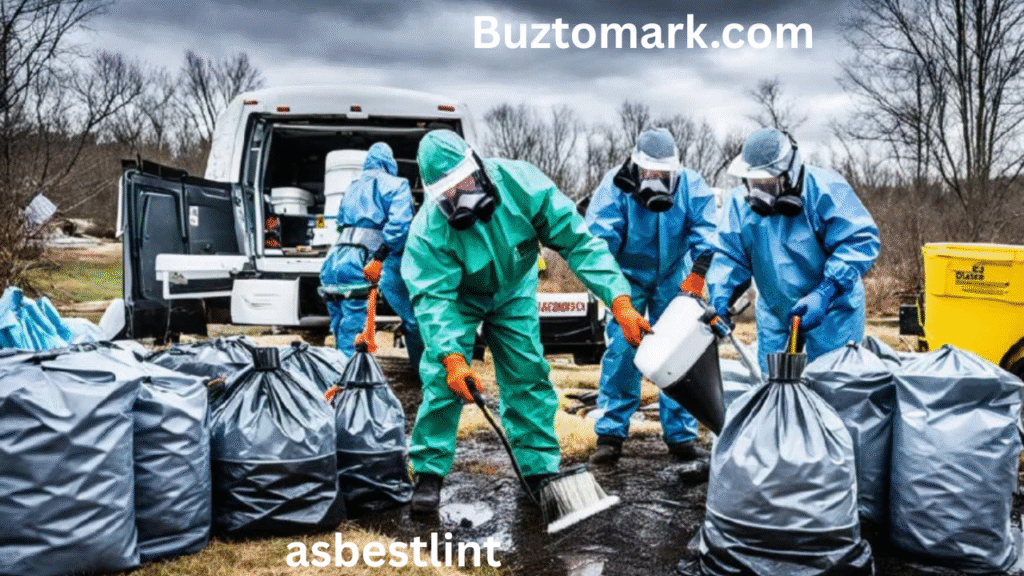Understanding Asbestlint: Hidden Dangers, Uses, and ?? Implications

The term asbestlint might sound unfamiliar to many, but it carries serious implications, especially when tied to the elusive “??” element. At first glance, it seems like a peculiar blend of words, possibly linked to asbestos and lint, two substances known for their distinct properties. While asbestos is infamous for its hazardous nature, lint—commonly associated with textile fibers—often seems harmless. But what happens when these two concepts are mixed, symbolically or literally?
Asbestlint refers to the potentially dangerous remnants of fibrous, asbestos-like materials that may accumulate in environments such as construction sites, older homes, or textile factories. Paired with the mystery of “??,” which could signify the unknown or undefined implications surrounding this material, the topic gains both urgency and intrigue.
The Origins and Nature of Asbestlint

To understand asbestlint, it’s essential to examine the components that likely make up the term. Historically, asbestos was used in building materials for its fire-resistant and insulating qualities. However, its microscopic fibers posed serious health risks when inhaled, leading to severe diseases like mesothelioma and lung cancer. Over time, regulations reduced its usage, but traces of asbestos still remain in many structures.
On the other hand, lint typically refers to fine textile fibers shed from clothing, furniture, or other fabric surfaces. Harmless in most household contexts, lint can, however, become a fire hazard in dryers or air ducts when accumulated in excess.
When we combine these ideas, asbestlint emerges as a dangerous by-product—tiny fibrous materials that may contain asbestos-like properties, potentially hiding in air vents, ceiling tiles, insulation, or industrial machinery. The fusion suggests a more sinister form of airborne particles, harder to detect but just as harmful.
The Mysterious “??”: Symbolism or Warning?

The addition of “??” next to asbestlint is not just a quirky symbol—it adds a layer of ambiguity. What does the “??” mean in this context? Is it:
- A placeholder for unknown scientific elements?
- A symbol for risk yet unmeasured?
- A reflection of the lack of public awareness?
The truth is, “??” represents the vast uncertainty surrounding asbestlint. It’s possible that scientists and industrial hygienists have yet to fully uncover its behavior, distribution, or long-term effects. The vague punctuation acts as a signpost—indicating that there is more to this issue than meets the eye. Just as asbestos was once thought safe, asbestlint?? could be the next major environmental health threat awaiting recognition.
Where Is Asbestlint Found?

The danger of asbestlint lies in its potential ubiquity. It could be present in:
- Old buildings: Especially those constructed before the asbestos ban, where deteriorating insulation or ceiling tiles may shed dangerous particles.
- Textile factories: Where cloth fibers are processed in environments that may have legacy asbestos equipment or contaminated ventilation systems.
- HVAC systems: Where lint-like debris builds up and circulates through homes or industrial spaces.
- Construction sites: Particularly in demolition or renovation projects involving aged infrastructure.
Because asbestlint mimics the appearance of ordinary dust or lint, it can go unnoticed. This makes detection, control, and removal even more difficult, particularly without clear regulations or testing methods in place for such a specific hazard.
Health Risks Associated with Asbestlint
Just like asbestos, asbestlint poses a range of serious health risks—especially when particles become airborne and are inhaled. Some of the known or suspected consequences include:
- Chronic respiratory conditions: Persistent coughing, difficulty breathing, and asthma-like symptoms.
- Fibrosis: Scarring of lung tissues due to long-term exposure to fibrous particles.
- Cancer risks: Prolonged exposure may increase the risk of lung cancer or mesothelioma, particularly if asbestos components are confirmed in the lint.
- Skin and eye irritation: Particles settling on the skin or entering the eyes may cause irritation or allergic reactions.
Although comprehensive research into asbestlint is lacking, the parallel to asbestos warns us not to take this lightly. The “??” again suggests the possibility of emerging data or unacknowledged side effects, meaning prevention and caution are our best tools for now.
Why Public Awareness of Asbestlint Matters
Public knowledge about asbestlint is alarmingly low. Most people are aware of asbestos dangers but may not realize that newer, less defined threats like asbestlint exist. This lack of awareness leads to:
- Neglected maintenance of older buildings and ventilation systems.
- Poor protective measures for workers in at-risk industries.
- Limited scientific research due to a low public health profile.
Increasing awareness can lead to better policy regulation, improved workplace safety protocols, and more investment in identifying and neutralizing unknown fibrous threats. Simply put, asbestlint?? is a wake-up call to look deeper into what we breathe and where it comes from.
Prevention and Safety Measures
While exact guidelines for asbestlint are not yet formalized, several general precautions apply:
- Air quality monitoring: Use advanced filters and sensors in buildings suspected of having contaminated air systems.
- Regular cleaning: Especially in textile-heavy environments, clean vents and surfaces thoroughly to prevent lint accumulation.
- Protective gear: Equip workers with masks, gloves, and clothing that reduce direct exposure to airborne particles.
- Inspection of old infrastructure: Hire professionals to inspect and test old buildings, especially before renovations or demolitions.
- Ventilation upgrades: Replace or update old HVAC systems with units equipped to trap microfibers and possible asbestos fragments.
Future Research and the “??” Factor
We cannot ignore the ambiguity behind asbestlint??. The presence of “??” might be a placeholder for:
- Emerging synthetic fibers that behave like asbestos.
- Nanomaterials used in textiles or insulation with unknown toxicity.
- Cross-contaminated materials between industrial sectors.
Further research is needed to uncover whether asbestlint is a catch-all term for these threats or a specific new hazard. Funding should be directed toward laboratories and health organizations to clarify what asbestlint truly represents.
Final Thoughts: Asbestlint?? – A Modern Environmental Puzzle
In an age where environmental safety is gaining more traction, asbestlint?? stands as both a symbol and a warning. Whether it’s an emerging threat tied to old industrial habits or a misunderstood term that needs clarification, one thing is clear: this is not something to ignore.
The combination of asbestos, lint, and the unknown “??” highlights the importance of vigilance, education, and scientific inquiry. We’ve seen how long it took for the world to understand asbestos’ risks—let’s not make the same mistake with asbestlint??.
FAQs about Asbestlint
1. What exactly is asbestlint?
Asbestlint refers to fibrous, lint-like material that may contain asbestos or asbestos-like properties. It’s potentially hazardous and often found in older buildings or textile-related environments.
2. Why is “??” included in the term asbestlint??
The “??” symbolizes the unknown or uncertain aspects of asbestlint, indicating that further research is needed to fully understand its nature and risks.
3. Is asbestlint harmful to health?
Yes, it can be. Like asbestos, if inhaled, asbestlint may cause respiratory issues, fibrosis, or even cancer, depending on its composition.
4. Where might one encounter asbestlint?
Asbestlint can be found in aging infrastructure, textile factories, construction sites, and HVAC systems—anywhere fibrous debris and legacy materials intersect.
5. What should I do if I suspect the presence of asbestlint?
Contact a certified environmental inspector or industrial hygienist. Avoid disturbing the area, use protective equipment, and ensure proper ventilation.


